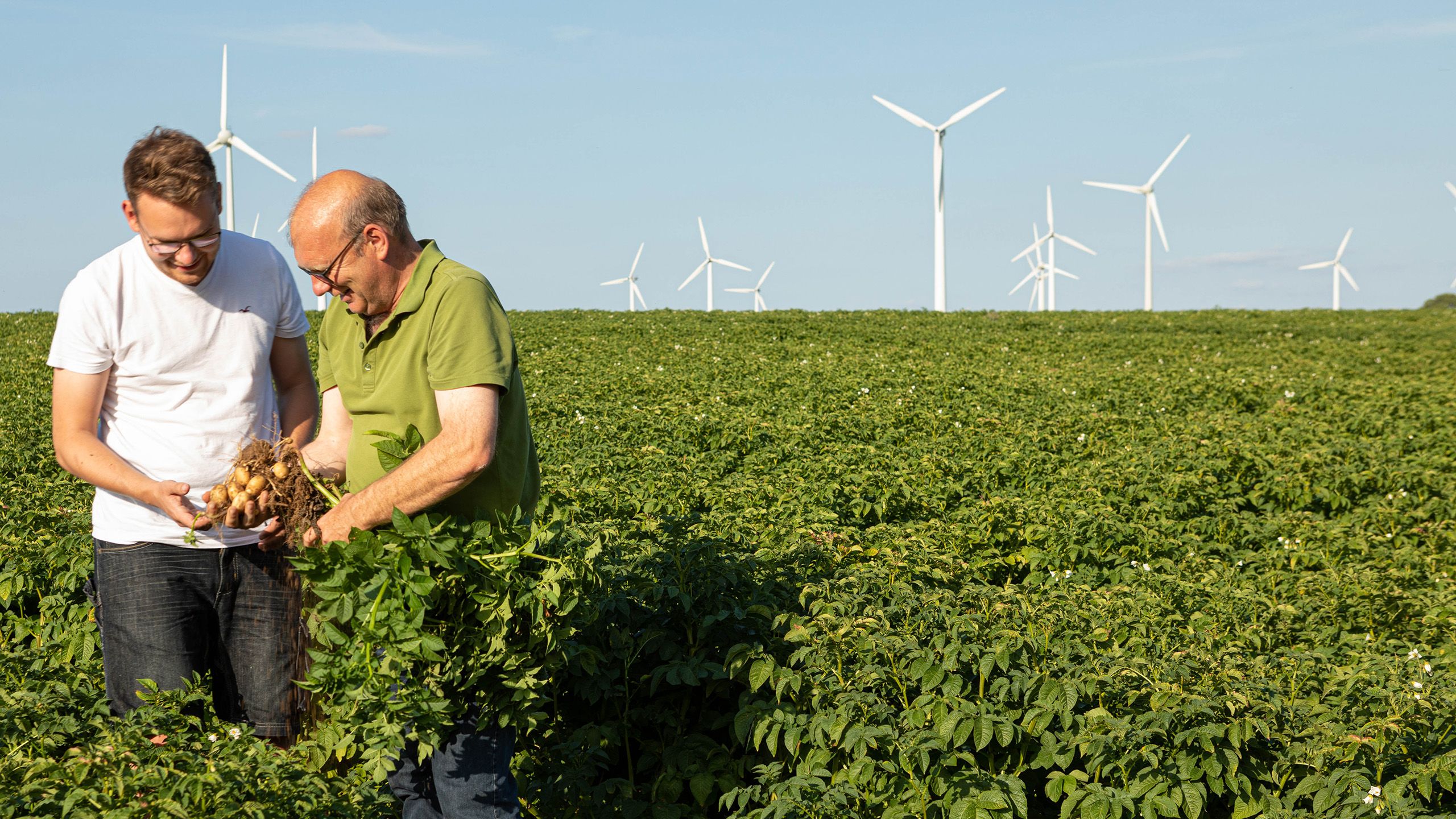A trailblazer who is rebuilding the soil
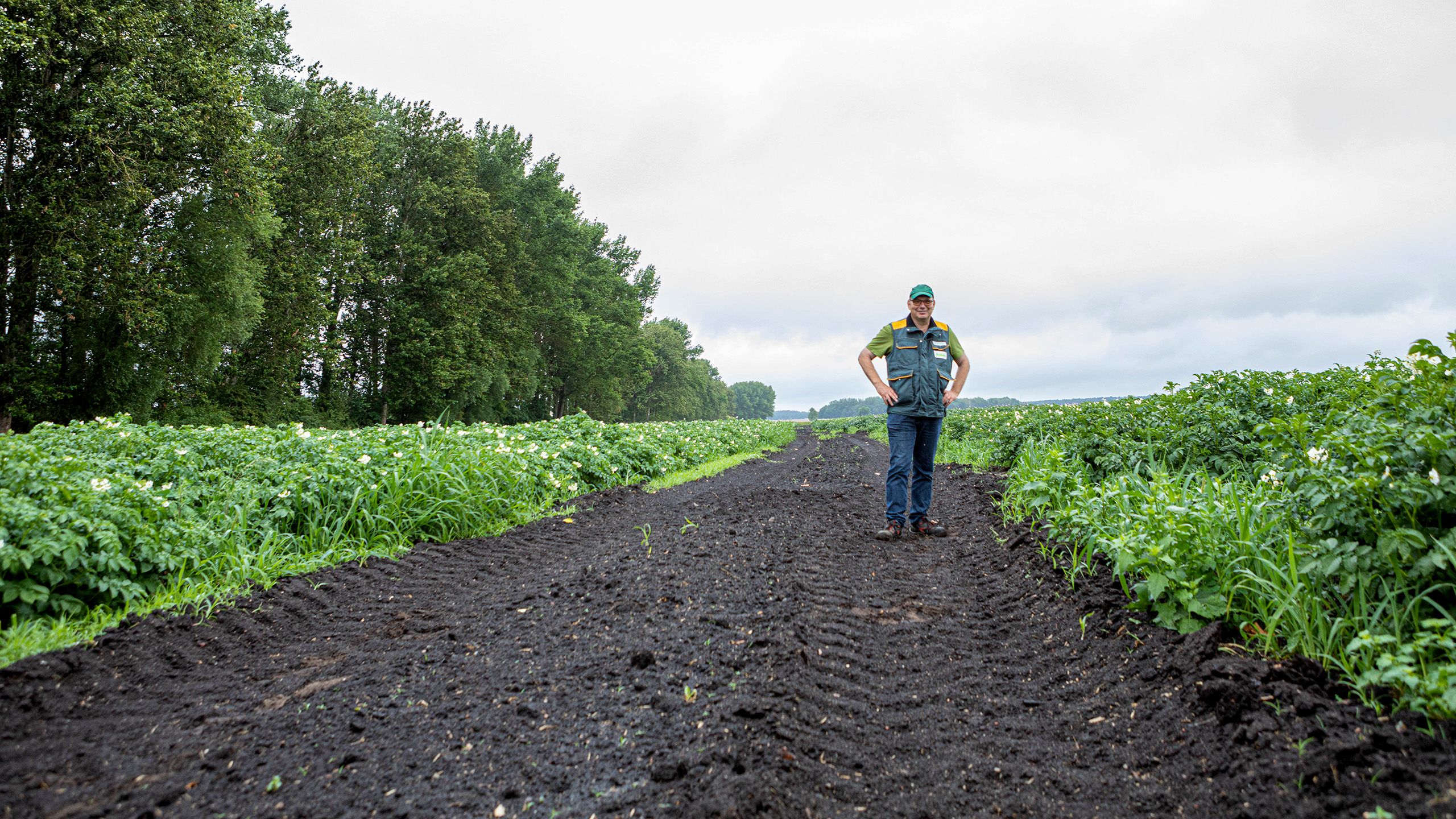
Hans-Heinrich Grünhagen is a multi-faceted farmer, both a traditionalist and a trailblazer.
He comes from a farming family that he can trace back 250 years, and grew up on his parents’ holding in Lower Saxony, Germany. Since 1991 he has also run a very modern, highly digitized 1,800-hectare farm in a small village in Brandenburg, in eastern Germany.
For 30 years he has been blending his farming heritage with innovation and experimentation to adapt to constant changes in agriculture. As he says, “On average an industrial company in Germany hasn’t digitized as much as we have.”
Climate changes are intensifying the problems and there is an intense focus on soil. That means a lot of experimentation with regenerative agricultural practices.
Brandenburg is known as the “sandbox” for being a sandy plain. The earth is not only sandy but very dry and filled with stones. It can’t hold water easily and the area is prone to drought. Wind erosion can create giant dust clouds, literally blowing away the farmland, grain by grain. 2022 has been very dry, with not enough rain: Grünhagen says they only had a sufficient wet period once in the whole spring season.
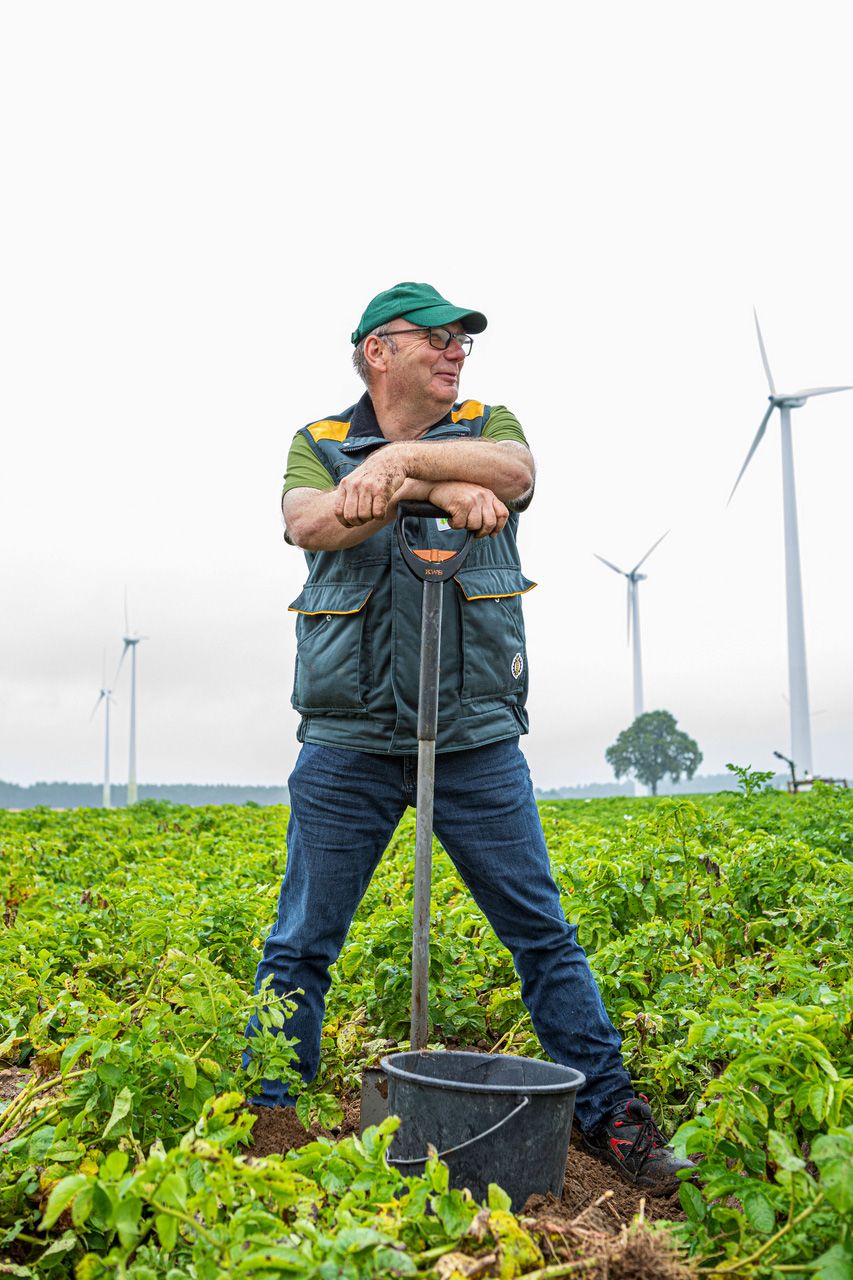
Higher temperatures and declining rainfall
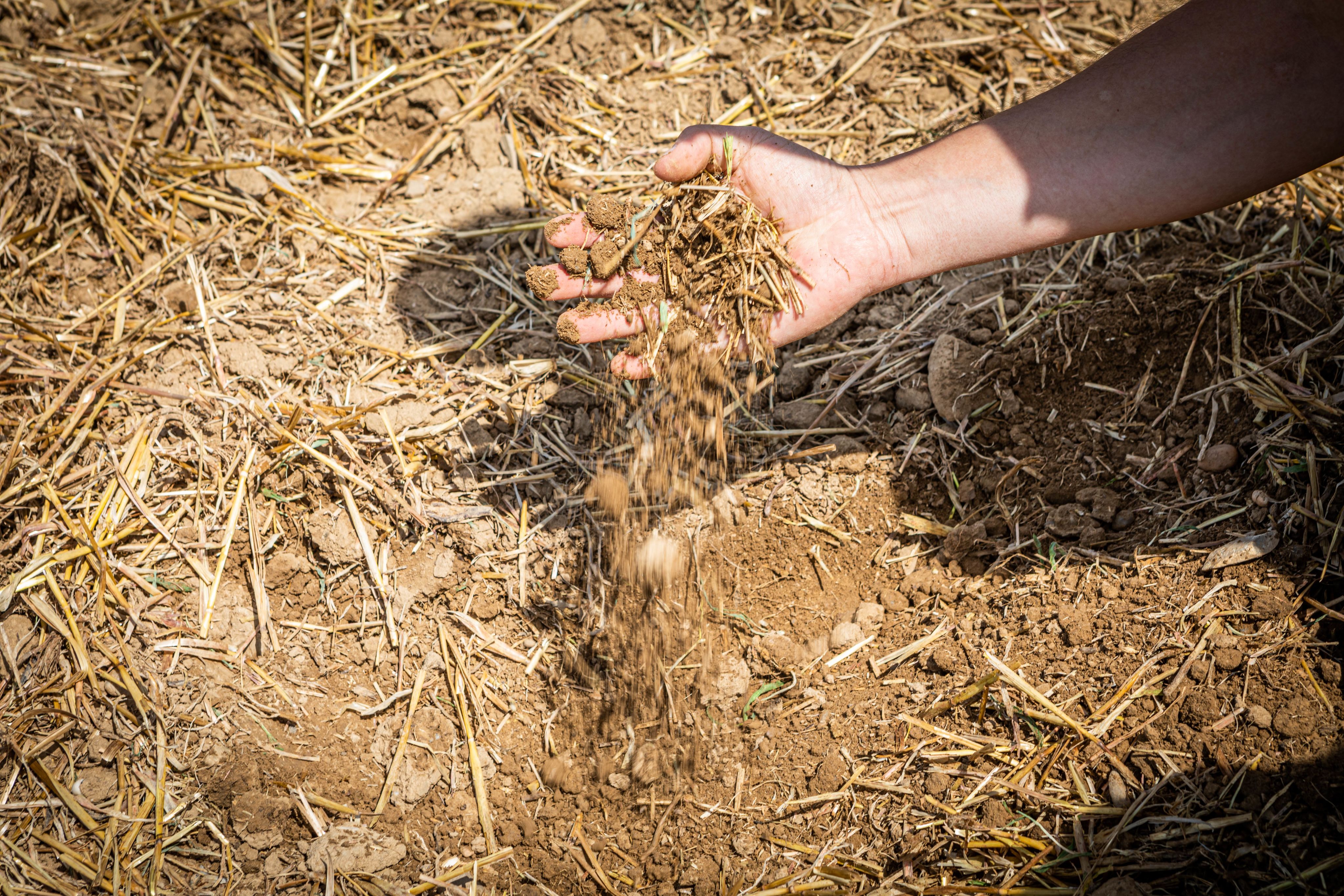
Higher temperatures have extended the growing season so the plants are in the ground for longer and need more water. At the same time, rainfall has declined. He has to irrigate with sprinkler system: the first farmer in the region to do that, he has helped other farmers to do the same.
“Regenerative agriculture means that we rebuild the soil, we build up soil life, and ultimately the cycle of growing and harvesting is controlled via the soil. The soil must be healthy and then I will also have a healthy plant.”
Hans-Heinrich Grünhagen
The best example is a forest. “The forest grows without our intervention,” says Grünhagen. “We don’t do anything, but plants grow in the forest because there is a humus layer below that feeds it. And that’s what we want to have back in the field. To do that, we need to make as few interventions in the soil as possible.”
That does not mean he avoids chemical crop protection or other advanced farm technology – but he always wants to see the effect of a product or process on the earth, on yields, and ultimately on farm profitability. What he does avoid, and has avoided for almost 30 years, is plowing.
Plowing loses too much water and mixes up the soil organisms, so those that live at the top are suddenly buried deep, and vice versa for those that live 20-25 centimetres below the surface.
He tries out different and gentler forms of cultivation, including using a minimum till method known as strip-till. On top of that, Grünhagen plants cover crops and rotates the 15 crops he grows, his choices tailored to the specific conditions of the field in question.
“We’re trying things out. We read up a lot, we talk to a lot of people who deal intensively with soil and see what we find for our region. But it won’t necessarily work for us. We have to find a solution for ourselves. Whether that is what we are trying now, I don't know, I will know in five years,” Grünhagen says.
When we meet, he is waiting for a new strip-till machine to arrive. He likes strip-till. Yields have stayed the same as before, but management costs for the area being cultivated have dropped making it more profitable. With strip-till, the field only has to be cultivated once, instead of driving over it three or four times.
Soil in the strip-till areas is also holding water for two weeks longer and so is more resilient to drought. Two weeks is a lot of time, and two fewer irrigation runs, which saves a lot of water.
Grünhagen is encouraged but cautious: “I believe that this is the right way to go, but as I said, it is always an experiment and we simply have to turn different projects, different places, so that in the end we have a result where we say: ‘Yes, we can implement this for the farm.’”
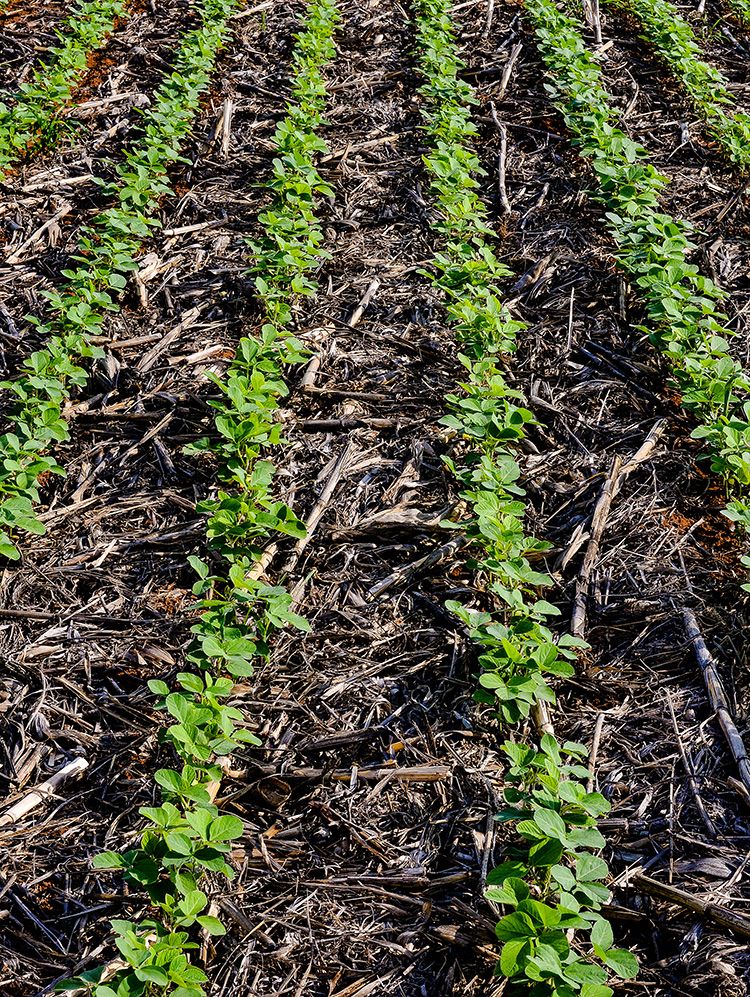
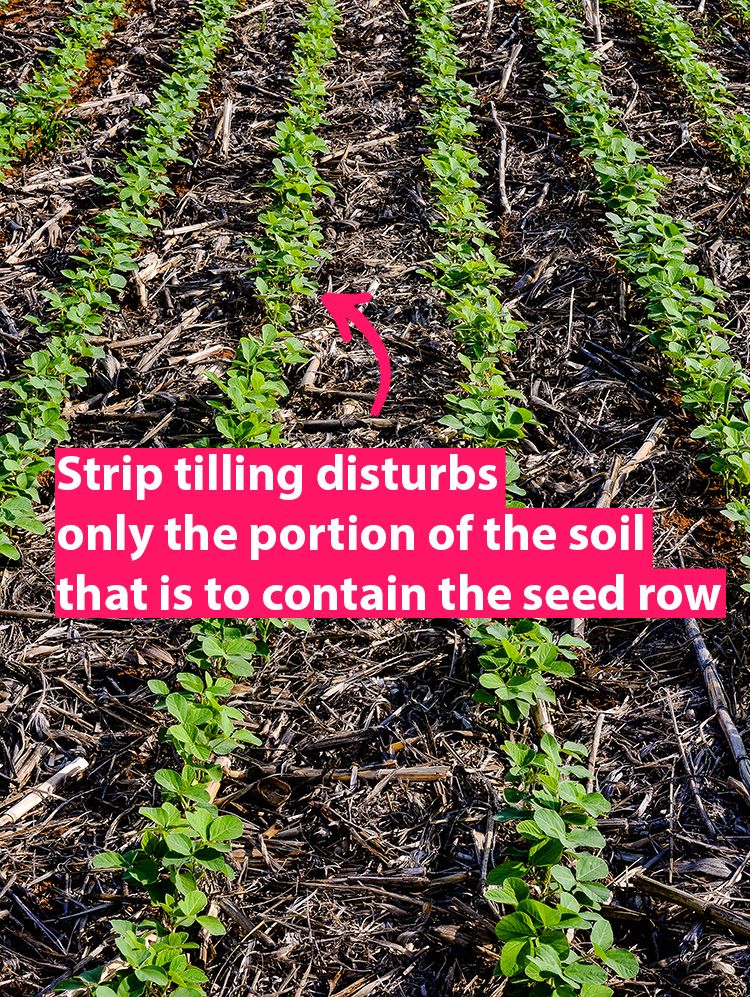
Land needs to stay covered and green
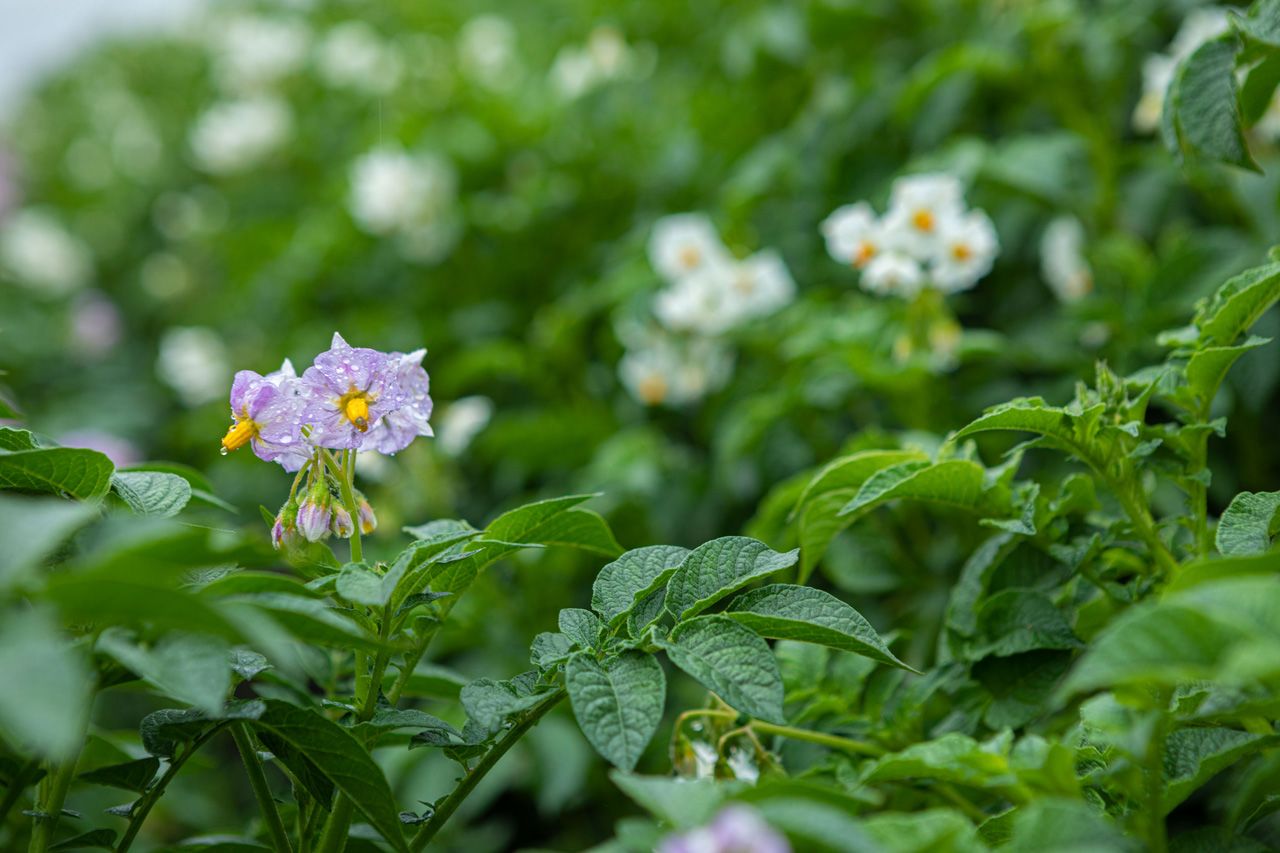
Cultivating the soil is one thing; keeping it covered and green for the longest possible time is another. The ground doesn’t have enough humus.
Cover crops help nurture the humus, the underground layer which holds many important nutrients and microbial life essential for healthy plants.
There are smart ways to keep the soil green and covered. When we meet, the wheat has just been harvested, but the land is not bare or stubbly. Cover crops had already been planted – intercropping – so that by the time harvest is done, the ground is already green.
The exact practices depend on the crop. When winter barley is harvested, the soil is lightly tilled with a harrow before the cover crop is planted.
“Cover crops bring in some of the nutrients the soil needs, but there are other techniques too,” Grünhagen says. He uses organic residues from biogas plants, slurry for organic fertilizer, and phosphorus or potash. Crop rotation also helps. Not a fixed crop rotation – Grünhagen looks at different areas of the farm and selects different crops and crop mixtures depending on the conditions.
Biodiversity is also a key part of regenerative agriculture. The edges of the fields are home to partridges, hares and even pheasants which are not usually seen here.
Grünhagen once calculated that there were about 30 kilometers (or over 24 miles) of green strips on his land
Ideas can come from anywhere but in the end, it’s about seeing what works. “I am a very science-based person,” he says. “For 20 years, we have been running various tests here at our company, at some universities or research institutes, because we naturally want to know what we can do better. What better way is there to achieve our goal to practice agriculture that is as environmentally friendly as possible?”
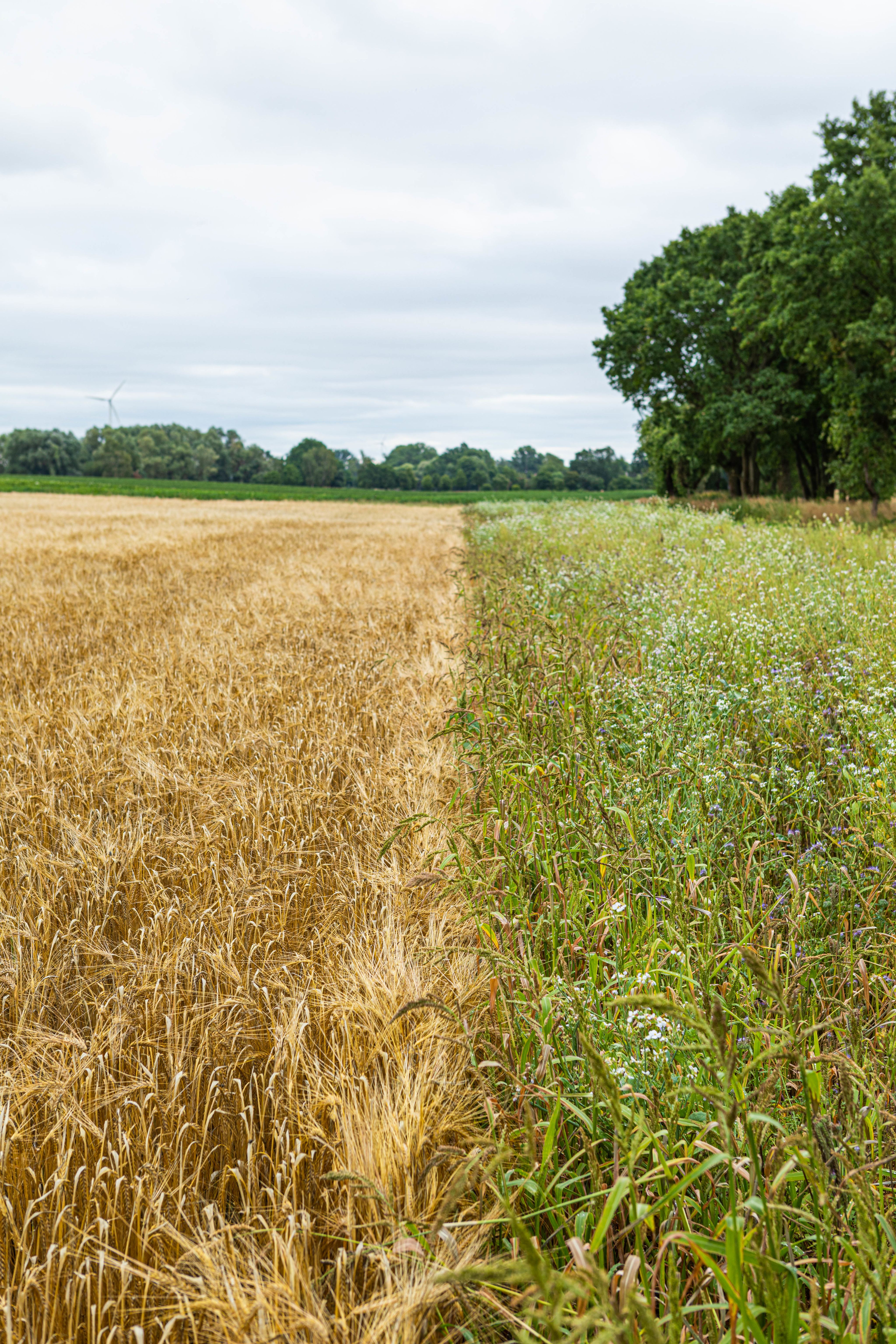
A large-scale business
The Brandenburg farm business has gone from 90 hectares in 1991 to 1,800 today. Over 1,600 hectares are arable, including table potatoes for consumers, and for commercial customers starch potatoes, maize for biogas, winter rye, winter barley, rapeseed, peas, Jerusalem artichokes and hemp. Some 130 hectares are grassland, 180 forest. The business has one organic farm of 150 hectares, a second one is coming, and it is involved in contract farming. He and other landowners built a wind farm for the local community 20 years ago.
Hans-Heinrich Grünhagen's youngest son, will continue the Brandenburg farm and the family farm in Lower Saxony. Grünhagen’s wife is also from a farming family, and runs the back office, including direct marketing of the table potato crop.
The farm has 15-17 permanent employees, including one or two apprentices, and also hires 20-25 seasonal workers for potato and maize harvests. Grünhagen trained them all himself and says they are like “one big family”.
